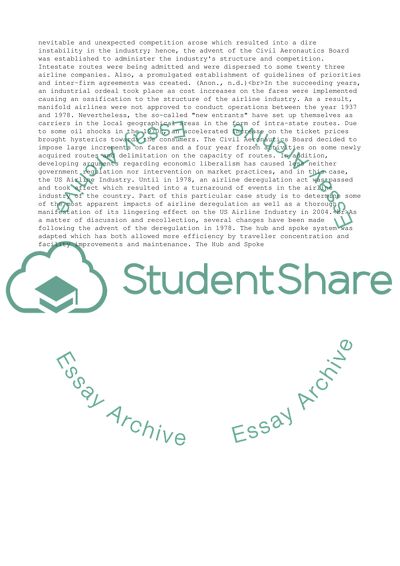Cite this document
(TheUS Airline Industry in 2004 Essay Example | Topics and Well Written Essays - 1750 words, n.d.)
TheUS Airline Industry in 2004 Essay Example | Topics and Well Written Essays - 1750 words. https://studentshare.org/business/1765369-theus-airline-industry-in-2004
TheUS Airline Industry in 2004 Essay Example | Topics and Well Written Essays - 1750 words. https://studentshare.org/business/1765369-theus-airline-industry-in-2004
(TheUS Airline Industry in 2004 Essay Example | Topics and Well Written Essays - 1750 Words)
TheUS Airline Industry in 2004 Essay Example | Topics and Well Written Essays - 1750 Words. https://studentshare.org/business/1765369-theus-airline-industry-in-2004.
TheUS Airline Industry in 2004 Essay Example | Topics and Well Written Essays - 1750 Words. https://studentshare.org/business/1765369-theus-airline-industry-in-2004.
“TheUS Airline Industry in 2004 Essay Example | Topics and Well Written Essays - 1750 Words”. https://studentshare.org/business/1765369-theus-airline-industry-in-2004.


